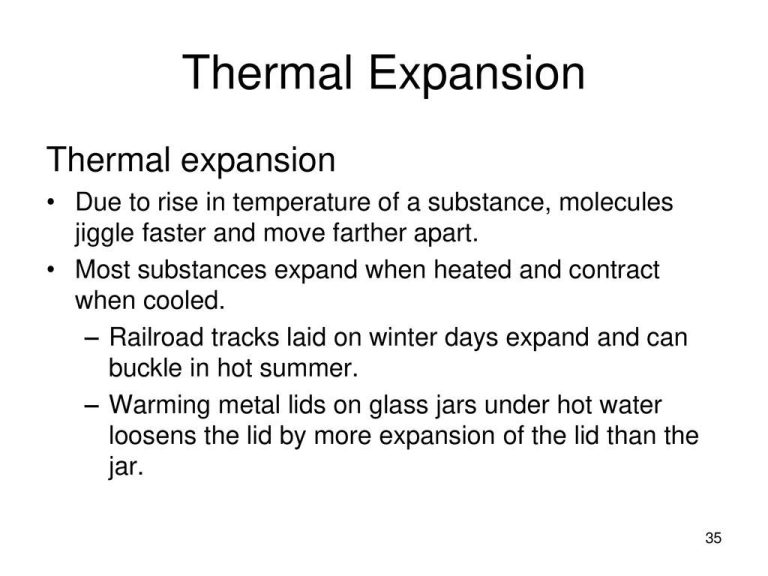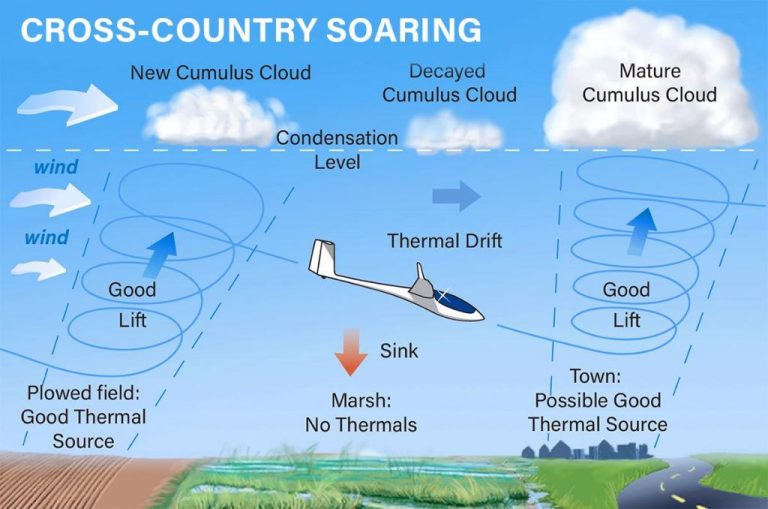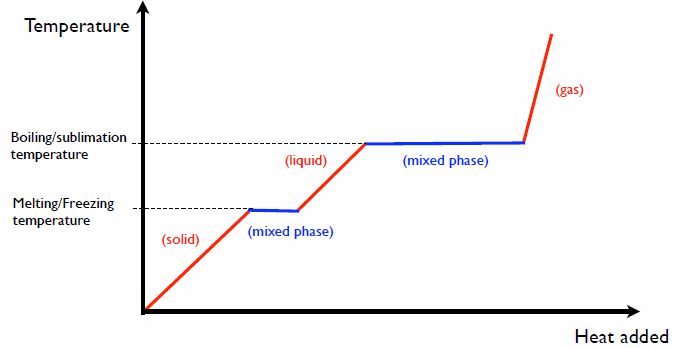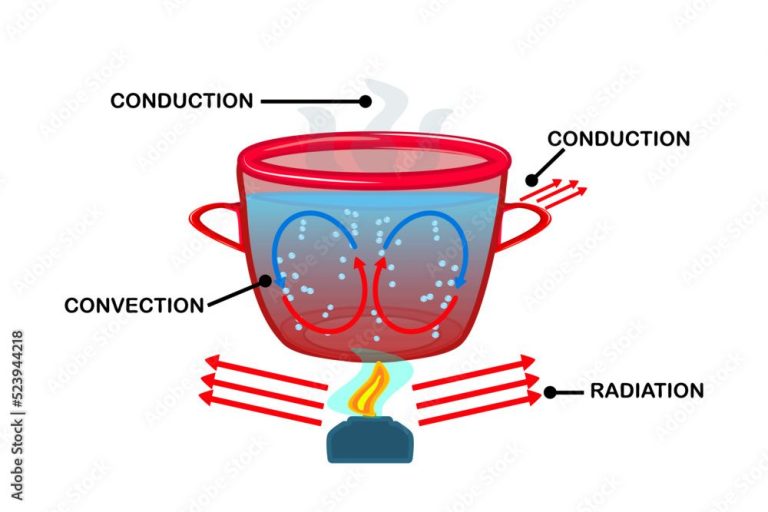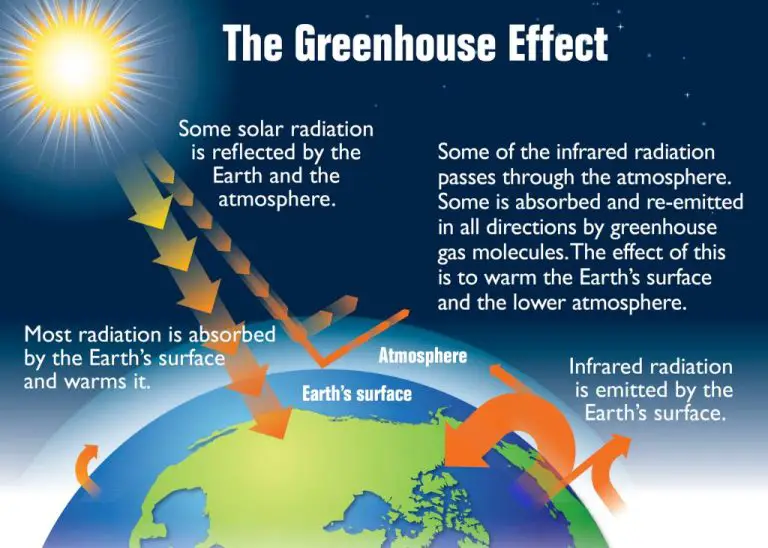What Is The Meaning Of Thermal Electricity?
Thermal electricity refers to the generation of electrical power from heat energy. It involves converting heat into mechanical power and then into electrical energy. Thermal electricity plays a vital role in meeting the world’s energy needs in a sustainable manner.
With rising energy demands and concerns over fossil fuel depletion, thermal electricity provides a clean and renewable way of producing electricity. It makes use of naturally existing heat sources like geothermal reservoirs, solar energy, and waste heat that would otherwise be wasted. The importance of thermal electricity lies in its potential to reduce greenhouse gas emissions and reliance on conventional fuels.
Thermal Energy
Thermal energy refers to the internal energy present in substances due to the motion and vibration of their molecules and atoms. It is directly associated with the temperature of matter. The higher the temperature, the greater the thermal energy contained within. Thermal energy manifests in different forms, including:
-
Heat – the transfer of thermal energy between substances due to a temperature difference.
-
Mechanical energy – the energy associated with the motion and position of matter.
-
Chemical energy – the energy stored within the bonds of atoms and molecules.
-
Radiant energy – energy transferred by electromagnetic radiation as a result of changes in the electronic configurations of atoms or molecules.
Common examples of thermal energy include the heat from a light bulb, the warmth from the human body, the hot gas in a combustion engine, and the molten lava in a volcano. Anything with molecules and a temperature above absolute zero contains thermal energy.
Heat Engines
A heat engine is a device that converts heat energy into mechanical energy. It operates by exploiting the temperature gradient between a hot source and a cold sink. Heat engines follow a thermodynamic cycle that causes repetitive changes in the physical state of the working fluid, resulting in useful work output.
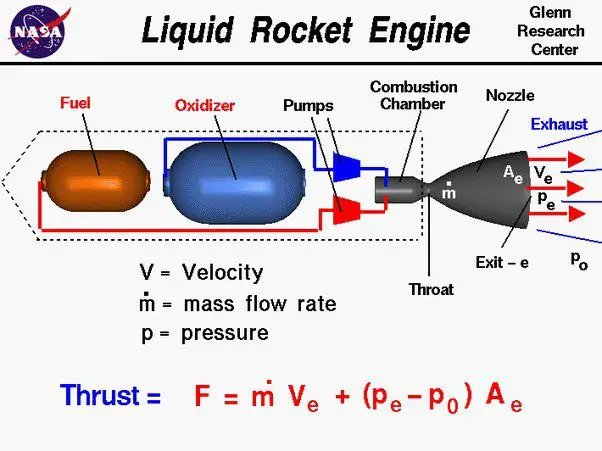
Some common examples of heat engines include:
- Internal combustion engines – These engines, used in most cars and trucks, utilize the combustion of fuel as a heat source. This generates high-temperature, high-pressure gases that push pistons to produce rotational motion.
- Steam engines – Steam engines operate on the expansion of water vapor. The steam is generated in a boiler by burning coal, wood, oil or other fuels. As the steam expands, it pushes pistons or turbine blades to produce mechanical work.
- Gas turbines – In gas turbines, the working fluid is a gas like air, helium or nitrogen. The gas is compressed and then ignited to heat it up. As the hot gas expands, it rotates turbine blades that drive an electric generator.
- External combustion engines – These engines separate the heating and expansion processes. An external heat source is used to generate steam or other vapors that then drive mechanical components.
Heat engines have enabled the development of transportation, electricity generation and industrial processes. They continue to play a major role in powering the modern world.
Thermoelectric Effect
The thermoelectric effect refers to phenomena where temperature differences create electric voltage and vice versa. It was discovered in 1821 by German physicist Thomas Johann Seebeck. Seebeck found that when two dissimilar metals are joined at both ends and one junction is heated while the other is cooled, a small voltage is produced. This is known as the Seebeck effect.
The Seebeck effect is the basis for thermoelectric power generation and refrigeration. It occurs because heat flow across the junction of two different conductors causes charge carriers in the material (such as electrons or holes) to diffuse from the hot side to the cold side, resulting in a built-up charge that creates a voltage difference. The magnitude of this thermoelectric voltage depends on the materials used and the temperature difference.
Good thermoelectric materials have high Seebeck coefficients, which indicate how much thermoelectric voltage is generated per degree of temperature difference. Some commonly used thermoelectric materials include bismuth telluride, lead telluride, silicon germanium, and various ceramics such as sodium cobaltate. The selection of materials is important for optimizing the efficiency of thermoelectric devices. Novel nanostructured materials are an active area of thermoelectric research aiming to further improve performance.
Thermoelectric Generators
Thermoelectric generators (TEGs) are devices that convert heat directly into electricity using the thermoelectric effect. They operate based on the Seebeck effect, whereby an electrical voltage is produced when two dissimilar metals or semiconductors are joined together and subjected to a temperature difference.
TEGs contain thermocouples made up of n-type and p-type semiconductors connected electrically in series and thermally in parallel. When one side of the thermocouple is heated and the other side is cooled, the temperature difference causes electrons and holes in the semiconductors to diffuse from the hot side to the cold side. This generates an electrical current that can be used to power a load or charge a battery.
TEGs have no moving parts, operate silently, and are highly reliable. They can directly convert heat from sources like engine exhaust, industrial processes, and even solar radiation into electricity. TEGs are used for small-scale power generation in remote locations, waste heat recovery, and as co-generators to improve efficiency. They provide power for sensors, data transmission, and electronic devices in a variety of applications.
Geothermal Power
Geothermal energy utilizes heat from within the Earth to generate electricity. The Earth’s core is extremely hot, reaching temperatures of over 5,000 degrees Celsius. This heat gradually flows outward towards the surface. In some areas, this geothermal energy can be easily accessed by drilling wells into the ground. The wells tap into reservoirs of hot water or steam that can be brought to the surface and used to power geothermal power plants.
At a geothermal power plant, the hot water or steam from geothermal reservoirs spins a turbine that activates a generator, producing electricity. Geothermal plants provide consistent and reliable power since the Earth’s heat exists continuously. Geothermal energy is considered renewable since the water is replenished in the underground reservoirs. Once the water has cooled after being used to generate electricity, it is often returned back into the ground to be reheated.
The western United States, Iceland, Philippines, and parts of Africa and Central America have substantial geothermal resources ideal for power generation. Countries like Kenya and Costa Rica generate a significant portion of their electricity from geothermal. The geothermal capacity worldwide is over 10 gigawatts and growing as more sites get developed. Geothermal offers a clean and renewable source of baseload electricity capacity.
Solar Thermal Energy
Solar thermal energy harnesses heat from the sun to generate electricity and provide hot water and space heating. There are two main technologies for converting solar energy into thermal energy:
Concentrated Solar Power (CSP)
CSP uses mirrors or lenses to concentrate sunlight onto a receiver, heating up a thermal transfer fluid that creates steam to power a turbine and generator. CSP allows energy storage by heating up a heat transfer fluid like molten salt that can retain heat to continue generating electricity when the sun isn’t shining.
Solar Hot Water
Solar hot water systems use solar collectors, usually rooftop panels, that harness heat from the sun to warm up water. The systems can provide hot water for residential and commercial buildings. Solar hot water helps reduce reliance on electricity or gas for water heating.
Solar thermal power plants generate environmentally-friendly electricity on a utility scale. Solar hot water systems provide sustainable hot water for homes and businesses. Together these technologies use heat from the sun to displace other energy sources.
Biomass Energy
Biomass energy is a form of renewable energy derived from organic matter such as wood, agricultural waste, or municipal solid waste. It harnesses the chemical energy stored within organic materials to generate electricity, heat, fuels, and other products.
There are several types of biomass energy sources:
Wood and Wood Waste – This includes wood chips, pellets, bark, and sawdust produced as waste products from lumber mills, furniture factories, and construction. Wood is a major biomass fuel used to generate electricity.
Agricultural Residues – Crop residues like corn stalks, sugarcane bagasse, and rice husks contain cellulose and lignin that have energy potential. These are burned directly or processed into biomass fuels.
Food Wastes – Organic waste matter from restaurants, cafeterias, and homes is anaerobically digested to produce biogas for heating and electricity generation.
Grass and Landscape Trimmings – Grass clippings, leaves, tree trimmings collected as municipal solid wastes are used as fuel pellets.
Animal Manure and Human Sewage – The methane gas produced from animal dung and sewage is collected and used as fuel.
Waste Heat Recovery
Waste heat refers to heat produced as a byproduct of industrial processes and equipment that is not put to any productive use. Common sources of waste heat include heat lost through exhaust gases from power plants, furnaces, engines, flares, and heat given off by equipment such as pumps, compressors, turbines, condensers, and boilers.
Waste heat recovery involves capturing this excess heat and utilizing it for heating applications instead of allowing it to be released unused into the environment. Some common waste heat recovery systems include:
- Heat exchangers – Used to transfer waste heat from hot exhaust gases or industrial processes to air or water.
- Organic Rankine cycles – Generate mechanical or electrical power from low-grade waste heat using an organic working fluid with a lower boiling point than water.
- Heat pumps – Can upgrade low-grade waste heat to higher temperatures to be used for process heating, steam generation, or district heating.
- Thermoelectric generators – Directly convert a temperature gradient between two surfaces into electrical energy using the thermoelectric effect.
Waste heat recovery allows industries to reduce their energy costs and environmental impact. Capturing and reusing waste heat improves overall efficiency and sustainability.
Conclusion
Thermal electricity refers to the generation of electrical power from heat sources. Some key points:
– Thermal energy from sources like geothermal, solar thermal, and biomass can be harnessed to produce electricity. This is done by using heat engines like turbines or through direct conversion using the thermoelectric effect.
– Heat engines like turbines convert heat into mechanical power, which then spins a generator to produce electricity. Thermoelectric generators work by directly converting a temperature difference into voltage.
– Established technologies like geothermal and biomass already contribute to electricity production around the world. Other applications like solar thermal plants and waste heat recovery systems have great potential for further development.
– Thermoelectric generators are starting to be used more for small-scale and niche applications where their solid-state nature offers advantages. The future may see more large-scale use with improved materials and efficiencies.
In summary, thermal energy represents a significant renewable resource that can be harnessed in different ways to produce electricity with minimal environmental impact. Advances in materials and technologies will enable thermal electricity to play an increasing role in the world’s energy future.

